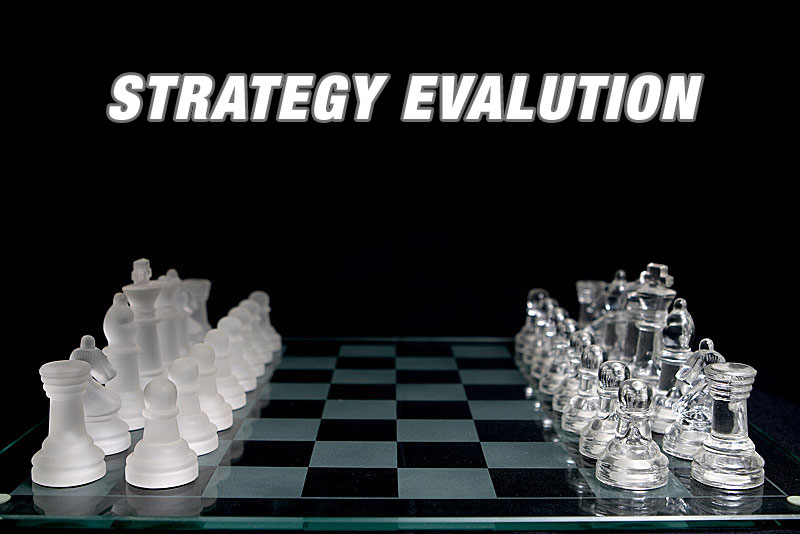
Business strategy is more complicated than three simple steps, but you can encapsulate the basic movement of business planning by looking at it in three general phases.
Perhaps in the future we will look in deeper detail at some of the specifics in each of the three steps, but for now we will end our long stretching series with the final general step – Evaluation.
The earlier articles (for your reference) may be found here:
By way of review: the first general step in business strategy is formulating the strategy itself. The second step is then the process of implementation. Once you have drawn up a comprehensive plan and put it in place, the final stage, evaluation, is one of maintenance.
The Important Questions
Businesses cannot simply put a plan into place and expect it to run itself. As with any plan in any field, business strategies must be constantly evaluated. Some of the important questions to ask include –
- Is the plan effective?
- Is it proving suitable?
- Is it reaching the stated goals?
- How is the plan falling short?
- How is it failing?
- Are the people on the ground implementing the plan correctly?
- Can it be improved in any way?
Every aspect of the plan must be tracked and scrutinized. This will allow the business owner to make the necessary adjustments in strategy and implementation to fine tune the overall plan and make it what the boardroom envisioned. Just be careful – constant evaluation does not mean literally every day. A plan must have time to come together and have effect. Depending on your business, this could be anywhere between several weeks and several months.
Strategic Modification
Once you have allowed sufficient time to pass, and gathered enough data to get a good idea of the impact of your new business strategy, it is time to determine what, if anything, to modify. Again, this could run from one extreme to the other: from barely changing anything at all, to throwing the new strategy out in its entirety and beginning again from scratch.
If the plan was formulated properly, it should not need to be wholly tossed, but rather modified to one extent or another. No matter how much time and research and money and effort go into formulation and implementation, no business strategy is perfect. You can always find things to make better. Always. Be humble enough to see the holes in your initial plan, and then do due diligence to determine the best way to fix the problems.
This evaluation stage is never ending for a well run business. You should always be evaluating the plan you have in place, formulating ways to make it better, and implementing those improvements. So the general cycle repeats itself over and over again, and with each repetition, your business strategy is coming ever closer to meeting your initial goals (unless you determine those goals are the thing that needs changing!).
Final Review
Formulation – invest the needed time and money to evaluate where your company is now, set both short and long-term goals, and draw up a good strategy for achieving those goals.
Implementation – put your plan into action. This may require anything from new training to new products, and often requires new advertising and approaches to make this step successful.
Evaluation – use any tools and data you have at your disposal to determine how closely the implementation of your business strategy is matching the formulated vision. Tweak, re-implement, and repeat.
Dr. William R. Boulton has provided an excellent resource which comments on the steps of Business Strategy from a slightly different angle, and which is definitely worth your time – Strategic Analysis Model. [http://www.auburn.edu/~boultwr/html/strategic_analysis_model.htm]





